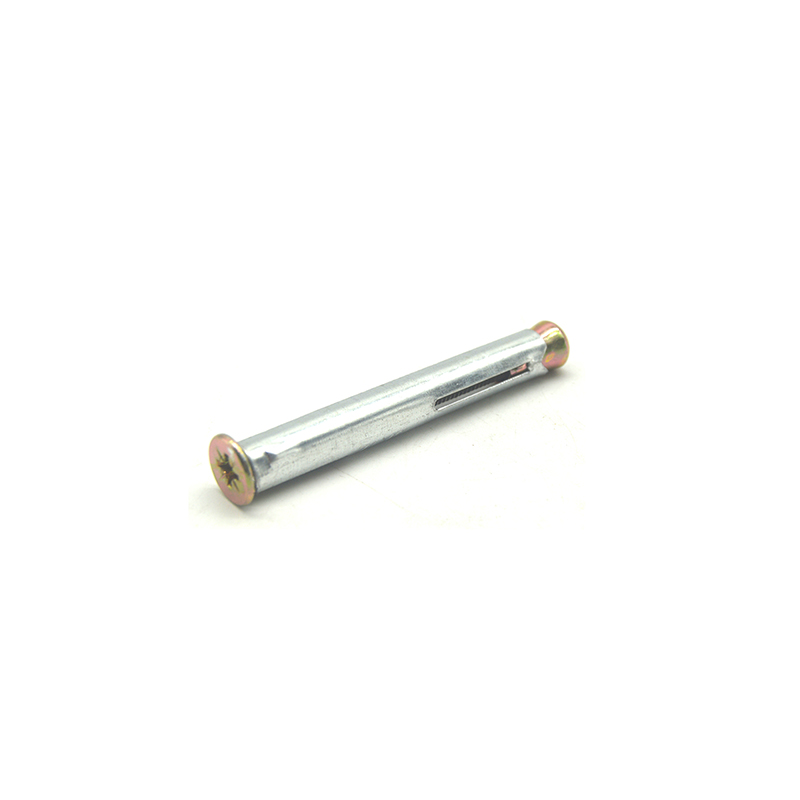- Chinese
- French
- German
- Portuguese
- Spanish
- Russian
- Japanese
- Korean
- Arabic
- Irish
- Greek
- Turkish
- Italian
- Danish
- Romanian
- Indonesian
- Czech
- Afrikaans
- Swedish
- Polish
- Basque
- Catalan
- Esperanto
- Hindi
- Lao
- Albanian
- Amharic
- Armenian
- Azerbaijani
- Belarusian
- Bengali
- Bosnian
- Bulgarian
- Cebuano
- Chichewa
- Corsican
- Croatian
- Dutch
- Estonian
- Filipino
- Finnish
- Frisian
- Galician
- Georgian
- Gujarati
- Haitian
- Hausa
- Hawaiian
- Hebrew
- Hmong
- Hungarian
- Icelandic
- Igbo
- Javanese
- Kannada
- Kazakh
- Khmer
- Kurdish
- Kyrgyz
- Latin
- Latvian
- Lithuanian
- Luxembou..
- Macedonian
- Malagasy
- Malay
- Malayalam
- Maltese
- Maori
- Marathi
- Mongolian
- Burmese
- Nepali
- Norwegian
- Pashto
- Persian
- Punjabi
- Serbian
- Sesotho
- Sinhala
- Slovak
- Slovenian
- Somali
- Samoan
- Scots Gaelic
- Shona
- Sindhi
- Sundanese
- Swahili
- Tajik
- Tamil
- Telugu
- Thai
- Ukrainian
- Urdu
- Uzbek
- Vietnamese
- Welsh
- Xhosa
- Yiddish
- Yoruba
- Zulu
- Kinyarwanda
- Tatar
- Oriya
- Turkmen
- Uyghur

steel stud drywall screws
Choosing the Right Steel Stud Drywall Screws
When it comes to construction, specifically drywall installation, the choice of steel stud drywall screws is crucial. Understanding what makes a good screw can prevent future headaches and ensure the durability of your project. But are you sure you're choosing the right ones?
Understanding the Basics
The basic function of drywall screws is often underestimated. Let's start with the material: steel stud drywall screws need to anchor securely into the steel studs. Not all screws are created equal, and the composition of the screw impacts performance. A good point to begin with is the gauge of the screw and its compatibility with the thickness of the drywall.
In my years of work, I've seen projects compromised by the wrong screw choice. Misjudging screw length can lead to weak installations. For instance, using a screw too short may not penetrate the steel stud deeply enough, while one that's too long could pop out the other side or risk damaging electrical installations hidden behind the walls.
Then there's the threading—coarse threads are typically better for wood, while fine threads are designed for metal applications. For steel stud drywall screws, fine threading minimizes resistance and provides better grip within the steel.
The Importance of Material and Coating
Material-wise, you'll often find these screws in carbon steel, which provides strength and durability. Remember, the coating also matters. In environments with potential moisture exposure, corrosion could quickly become an issue.
With companies like Handan Shengtong Fastener Manufacturing Co., LTD, they emphasize anti-corrosion coatings for their screws, which can make or break the longevity of your drywall installations. It's always advisable to consider screws with a protective coating—whether you opt for zinc or phosphate finish depends largely on the specific requirements of your project environment.
I've learned this the hard way with installations where uncoated screws led to rust stains seeping through pristine walls. This oversight often translates into unnecessary extra work. You can explore more about their products on their website: Shengtong Fastener.
Size Matters
Determining the correct size of a steel stud drywall screw isn’t an art, but it's definitely a skill acquired from experience and a lot of trials. A standard drywall installation usually employs screws that range from 1 inch to 1 ? inches. However, the factor that nailed it often depends on your specific needs.
I recall an installation in a commercial space where 1 ? inch screws were just shy of providing the grip needed for ceiling panels, causing sagging panels. After switching to a slightly longer screw, the install held firm without further adjustments.
However, it’s not just about length. The head type, whether bugle or pan-head, should align with the desired finish. For drywall, a bugle head design typically helps achieve a smoother surface as it recesses into the drywall, whereas a pan-head could leave ridges.
The Role of Tools
The effectiveness of steel stud drywall screws is not solely about the screw itself but also involves the tools you use. A high-quality screw gun can make a significant difference. A tool with adjustable depth settings can prevent over-driving screws through the drywall.
Over the years, I've tested countless screw guns. The issue of camming out can cause the screw head to strip, making it ineffective. An adjustable clutch on the tool allows better control and helps avoid this hassle.
A well-aligned installation requires less manual intervention and saves both time and resources. The key here is consistency in installation depth, which a proper tool helps ensure, avoiding unsightly wall blemishes later on.
Adjusting to the Environment
Finally, residential versus commercial projects often necessitate different strategies. Commercial buildings might require heavier gauge steel for structural support, necessitating screws with greater shear strength.
My advice is to adapt to the environmental specifics of your project. If you’re working in areas prone to temperature fluctuation, such as near HVAC systems, thermal expansion could stress the fastening points of your drywall.
The insights shared by other professionals in the field often reiterate the same concept: one size does not fit all. Taking into account all these minor intricacies ensures not just an effective, but also a lasting installation.
Related products
Related products




















